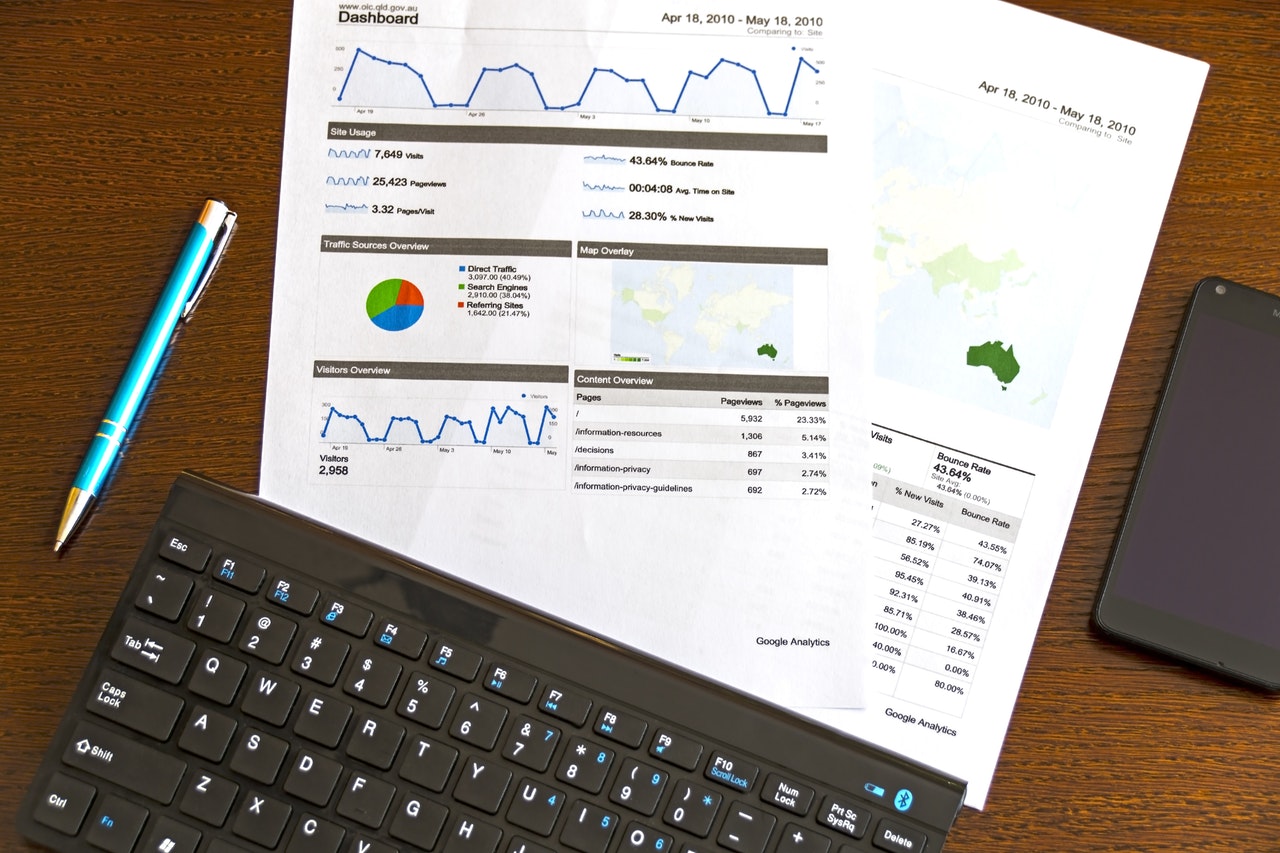Data are the new added value for the Retail sector.
This change is not only happening online, where companies can store vast amounts of user data to create more accurate profiling, but also at the physical point of sale.
Indeed, the shops themselves are fast becoming big data collection hubs, thanks to the use of apps, geolocation systems, smart dressing rooms, virtual shop windows and many other solutions.
The challenge for the Retail world is to exploit these data, translating them into knowledge of consumers’ habits, tastes and preferences, and using them to create more profits for their business while also enhancing the customer experience.
Indeed, the customer’s experience in the store is becoming more and more like a journey into the Brand.
An increasing role for the Internet of Things
The Internet of Things is certainly helping to increase the presence of Big Data in the Retail world: it is estimated that some 30 trillion smart devices will be connected to the Internet by 2020.
All this translates into a growing amount of data, which is changing many businesses not only with regard to the purchase phase, but also in relation to the decision-making and post-payment experiences.
For example, thanks to the Internet, you can now search for information about the product you want to buy, and read reviews by other users that may affect your purchasing behaviour. Similarly, after purchasing a product, customers share their experiences on social media, helping to reinforce the name of a Brand.
How to set up a Data Driven Strategy
For these reasons it has become increasingly important for companies to have a Data Driven Strategy: a plan that can steer the Brand through this great mass of data, and ensure they produce greater profits for the business.
A Data-Driven Strategy should include 4 distinct phases:
- Collecting and integrating the available data: for this first step to succeed, it is important that the sales point has Cloud data storage, backed by a system that allows data to be collected in a structured way. Simply collecting data is not sufficient: we also need to know how to classify such information.
- Analysing and discovering what added value can be derived from the data: in this phase, the relevant information has to be extracted from the data in store;
- Building predictive algorithms and optimising the assembled data: these two operations are now possible thanks to Artificial Intelligence and Machine Learning, which make it possible to identify the correlation between data and trends;
- Transforming the data analysis into concrete actions: this is the monetization phase, which directly affects the business as it can lead to an increase in profits.
Once these actions have been completed and the profit phase is underway, a new data driven strategy can begin, involving the collection of further data and influenced by the new tactics adopted by the point of sale.
Types of data
Clearly, the data collected are not all similar, but are divided into 4 macro categories: descriptive data are used for business intelligence techniques; predictive data are based on machine learning algorithms, and prescriptive data suggest what actions should be taken to optimise profits. Finally, automatic data exploit Artificial Intelligence to attract the attention of a potential customer, for example by proposing a last-minute offer for a flight he has looked at several times on his device.
The benefits
The proper implementation of a Data Driven Strategy brings with it many benefits, with effects on both the company and consumers.
For the business, an efficient use of data translates into reductions in costs and in the time needed for customer profiling, and helps to optimise processes, with a consequent financial return.
Profits can often be generated by creating advertising campaigns on behalf of third parties, using profiles obtained from the collection or transfer of their data.
On the other hand, consumers gain extra benefits in terms of better services and products, thanks to greater opportunities to customise their purchases, and an increase in more targeted advertising.
Collecting and protecting data
The Retail sector uses a variety of ways to collect data.
Traditional sources relate to sales and pricing, promotional events and above all the loyalty card, which helps businesses understand the preferences and buying habits of the consumer.
Then there are the non-traditional sources, which only appeared a while ago: mobile devices, sensors, web searches, social networks and call centers.
Big Data therefore provides opportunities not only for the online Retail sector but also for physical sales points.
However, to be able to profit from this data, stores must be equipped with a system that goes beyond the traditional warehouse and is instead a data lake: a place where information is not only collected in the best possible way but also fully protected. Indeed, data security is vitally important and should never have a negative effect on the customer experience.
Depending on its size, turnover and number of stores, a Brand can easily begin to exploit the benefits of Big Data analysis in today’s climate.
To do this, it simply needs to incorporate a Data Driven Strategy, equipping its stores with the necessary infrastructure and looking not just at present technologies but also at possibilities for the future.
Sources: Pexels


